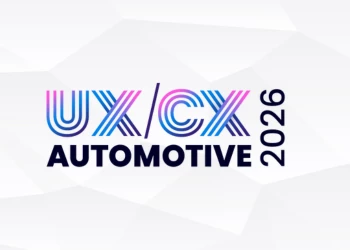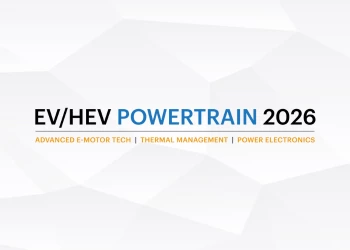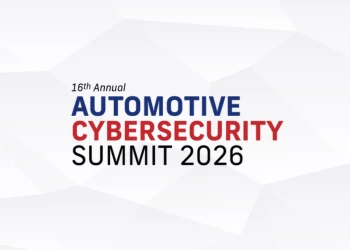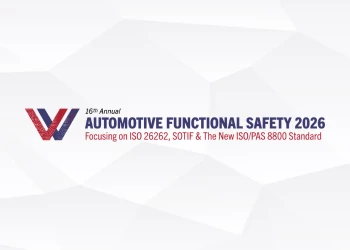"Significant saving potential is mostly related to the avoidance of processes."
Add bookmarkInterview with Dr. Roland Seidel, Management Consultant and Partner at pareto managementpartner, Braunschweig. In addition he works as Project Manager at the Forging Initiative (Initiative Massiver Leichtbau – Kooperation des Stahlinstituts VDEh und des Industrieverbands Massivumformung e.V.").
Dr. Seidel, what is your role at the in your organisation and your specific field of expertise?
My current role as a consultant for production and logistic is based on long term industrial service within the automotive industry in the field of drivetrain. This lead me from implementing best in class production technologies including set-up of a precision forming plant in China to operational responsibility. Finally, I was accountable for two plants with 850 people and the full set up of technical and functional departments including sales. On the conference I am representing the Lightweight Forging Initiative, a co-operation of Stahlinstitut VDEh and Industrieverband Massivumformung e.V., Germany.
Where do you see the current main challenges for automotive lightweight chassis and frame design and how can those be addressed?
Automotive lightweight chassis and frame design has to be seen in the overall context of vehicle weight and fuel consumption. Legislation in CO2 emission becomes worldwide more strictly. The main challenge is to overcome the weight increase spiral from the last decades. The solutions to be found have to reduce weight of components and system on the one hand. On the other side the total lifecycle including the production of the cars needs to become better in material and energy consumption, total cost of ownership and ability to recycle at the end. This requires Simultaneous Engineering in a much broader view than is often understood today.
[inlinead]
How would you rate the co-operation between independent research institutes and the industry?
My own experience starts as a research & development engineer at a technical university after my studies in production technologies. In several projects including OEMs and automotive suppliers including their industrial associations I learned one side. During my time in automotive industry I deeply understood the necessities of the other side. Today I would state it open, challenging, forward oriented – if both sides are willing to think and see a little more outside their boxes.
What are the requirements for high-volume lightweight vehicle manufacturing? Where in the production chain is the highest cost-saving potential thus profit margin?
It is good being able to answer this with the view of a consultant having industrial background also as a component supplier for OEMs. In the production chain material and processing cost including energy, tooling and personnel determine the base line. If more sophisticated material requires more complex processes it is not the optimum way to precede. Significant saving potential is mostly related to the avoidance of processes which generate cost and disturb lean production. If this requires modifications of the base material the balance is in many cases positive. I am sure this is valid for metals and steel particularly.
How can one ensure maximum driver and passenger safety in lightweight vehicles?
In car tests we can already find a lot of good examples in small vehicles. Weight reduction does not automatically mean a reduction of safety if properly engineered. Driver assistance system will in the future become more and more spread over all car sizes. This will help to avoid accidents which is the best solution. May I also propose that everybody undergoes safety drive training; sometimes the soft factors are underestimated.
What do you expect from the event and where do you see the future of lightweight chassis and frame design?
My expectations are to see the full range of lightweight ideas, proposals and experience for chassis and frame as well as meeting the people behind to improve the network. The future development of lightweight chassis and frame design including materials and processes will bring us step by step forward. For electric drive systems including motors and batteries a significant step is required in the powertrain to allow a lighter overall design.
Dr. Seidel, thank you for your time.
Dr. Roland Seidel is Management Consultant and Partner at pareto managementpartner GmbH & Co. KG, Braunschweig. He’s also Project Manager at the Forging Initiative (Initiative Massiver Leichtbau – Kooperation des Stahlinstituts VDEh und des Industrieverbands Massivumformung e.V.").
Based on his longstanding experience in precision forging, he emphasizes the following: "The multitude of participants in the consortium allows a comprehensive analysis of the value stream. This enables concrete customer applications to be determined and presented in an optimized way.





















